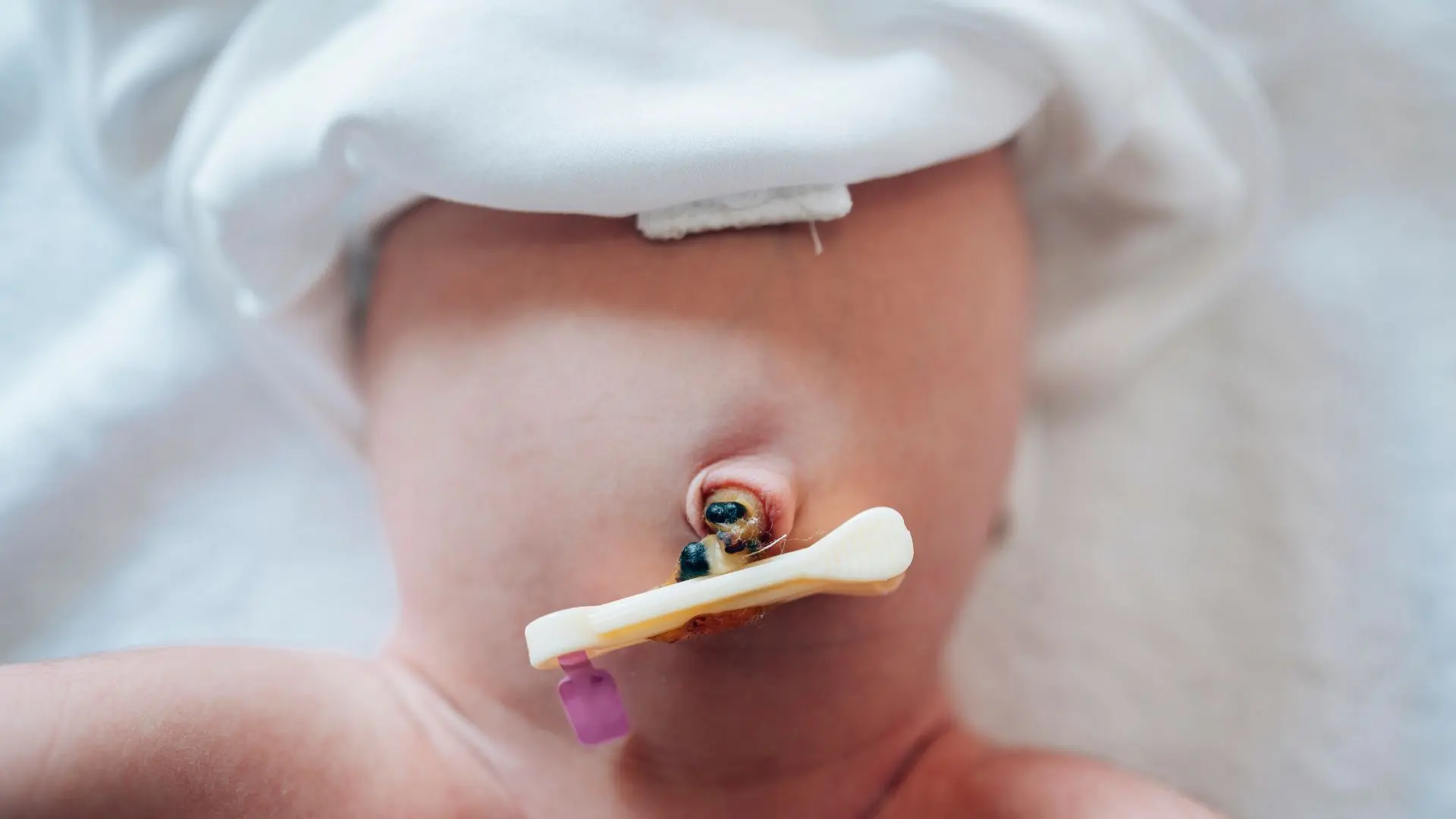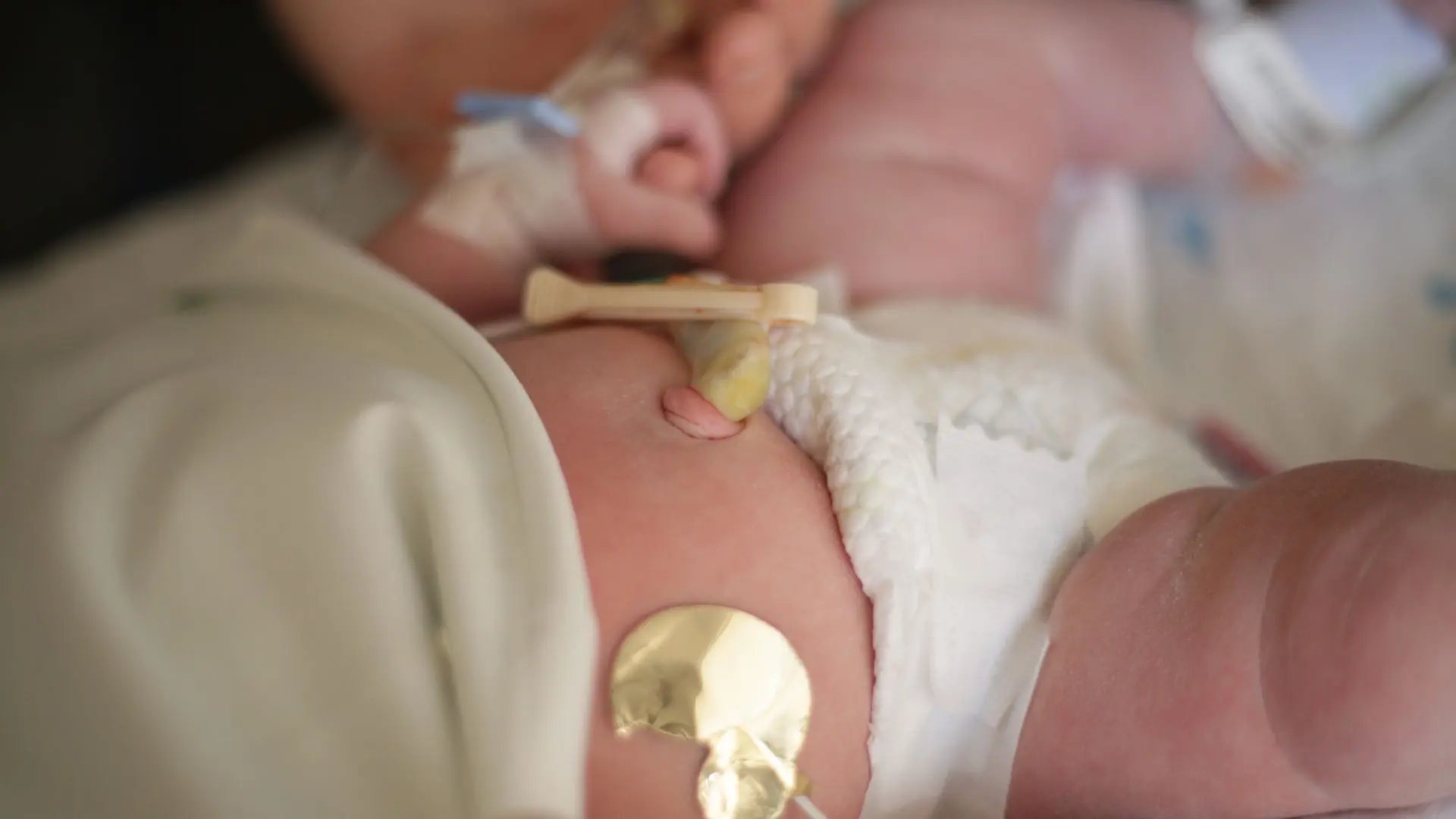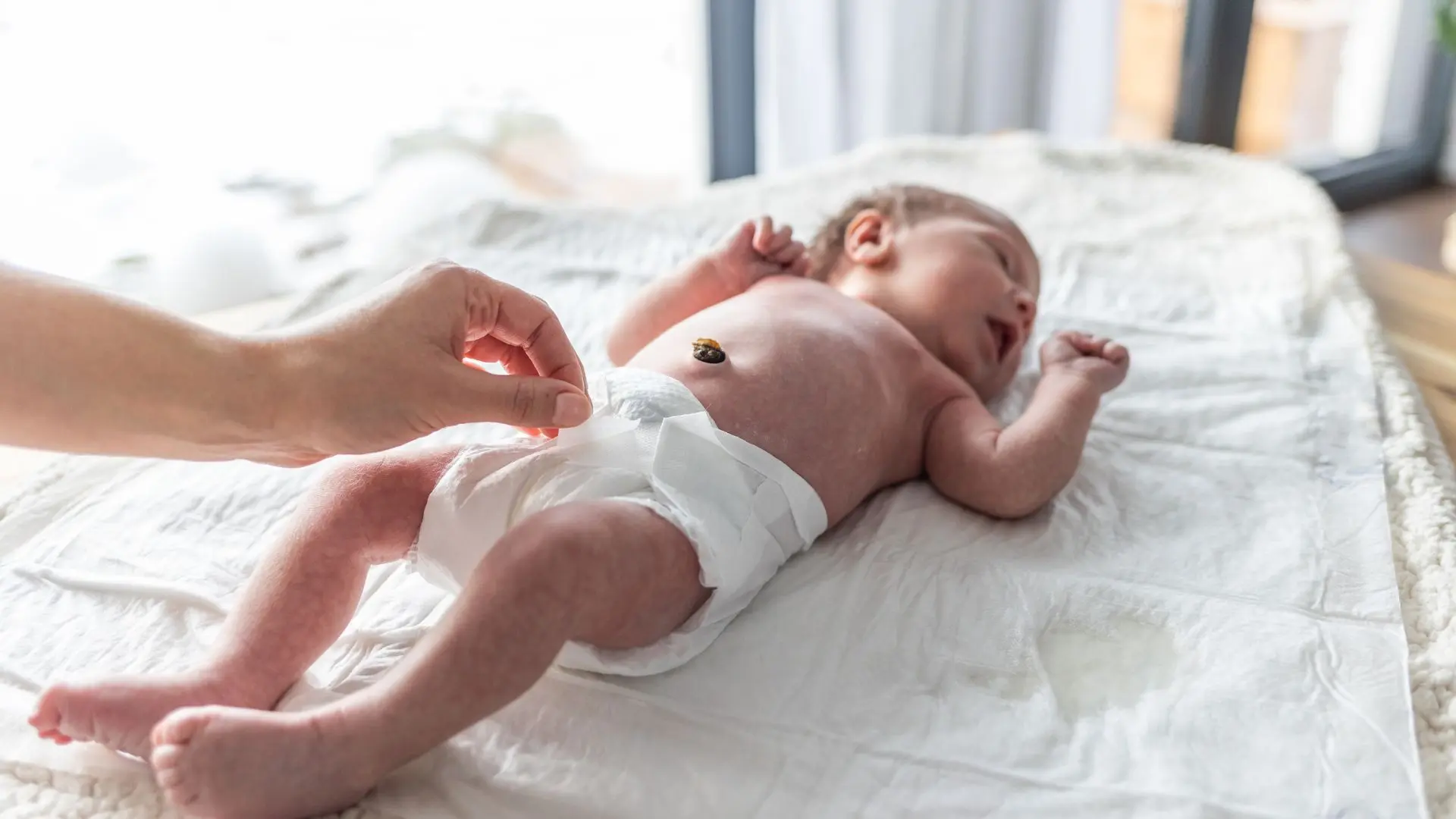Remember, proper umbilical cord care is the first step in ensuring your baby’s health and happiness. Take care, and happy parenting.

One crucial aspect of newborn care is taking care of the umbilical cord. Because Proper umbilical cord care is essential for preventing infections and ensuring a smooth healing process.
However, there are some common mistakes that many parents make that can be hazardous. In this blog, we will discuss 10 hazardous things to avoid in umbilical cord care. By steering clear of these pitfalls, you can ensure your baby’s umbilical cord heals properly and safely.
What is Umbilical Cord Care?
Umbilical cord care involves the steps you take to keep the area around your baby’s belly button clean and dry as the cord stump heals and eventually falls off.
The umbilical cord, which connects your baby to you during pregnancy, is clamped and cut shortly after birth, leaving a small stump. This stump typically dries up and falls off within one to three weeks.
Why is Umbilical Cord Care Important?
Proper umbilical cord care is vital for preventing infections and promoting healing. An infected umbilical cord can lead to serious health issues for your newborn. Therefore, understanding how to care for this sensitive area is crucial.
Hazardous Practices in Umbilical Cord Care
Let’s dive into the 10 hazardous practices to avoid when it comes to umbilical cord care.

Hazard 1: Using Alcohol to Clean the Cord
In the past, using alcohol to clean the umbilical cord was a common practice. However, this method is outdated and potentially harmful. Alcohol can irritate your baby’s delicate skin and slow down the drying process of the cord. Instead, it’s recommended to keep the area clean and dry without using alcohol. Simply use a clean cloth or cotton swab moistened with plain water to gently clean around the base of the stump if necessary.
Example: Imagine you’re cleaning a wound on your own skin. Using alcohol might cause stinging and irritation. Similarly, using alcohol on your baby’s sensitive skin can cause discomfort and delay healing.
Hazard 2: Covering the Cord with Tight Clothing
While it might be tempting to dress your newborn in adorable outfits, it’s important to avoid covering the umbilical cord with tight clothing. Tight clothing can rub against the cord stump, causing irritation and increasing the risk of infection. Opt for loose-fitting clothes or fold down the diaper to avoid covering the stump.
Example: Think about how uncomfortable it feels to wear tight clothes on a hot day. Your baby’s cord stump needs air circulation to heal properly, just like how your skin needs to breathe.
Hazard 3: Applying Home Remedies
As much as we love home remedies for various ailments, they are not suitable for umbilical cord care. Applying unverified treatments, such as oils, powders, or herbal concoctions, can introduce bacteria and cause infections. Stick to the basics: keep the area clean and dry.
Example: Using an unproven remedy on your baby’s umbilical cord is like experimenting with a new recipe without knowing the ingredients. It’s best to follow tried-and-true methods recommended by healthcare professionals.
Hazard 4: Constantly Touching the Cord
It’s natural to want to check on your baby’s umbilical cord frequently, but constant touching can do more harm than good. Touching the cord too often can introduce bacteria and increase the risk of infection. Instead, observe the cord from a distance and resist the urge to handle it unnecessarily.
Example: Picture a healing wound on your own body. Touching it repeatedly can slow down the healing process and introduce germs. The same goes for your baby’s umbilical cord.
Hazard 5: Bathing the Baby in a Tub
While bathing your newborn in a tub might seem like a wonderful bonding experience, it’s best to avoid tub baths until the umbilical cord falls off. Immersing the cord stump in water can increase the risk of infection. Instead, opt for sponge baths to keep your baby clean while ensuring the cord stump stays dry.
Example: Imagine you have a paper cut on your finger. Soaking it in water can cause discomfort and delay healing. Similarly, keeping the umbilical cord stump dry is essential for proper healing.
Hazard 6: Pulling on the Cord Stump
As the cord stump begins to dry and shrink, it might be tempting to help it along by pulling on it. However, this can cause bleeding and increase the risk of infection. Let the stump fall off naturally, even if it takes a bit longer.
Example: Think of a scab on your skin. Picking at it can lead to bleeding and infection. The same principle applies to your baby’s umbilical cord stump.
Hazard 7: Ignoring Signs of Infection
It’s crucial to monitor the umbilical cord stump for signs of infection. Redness, swelling, foul odor, or discharge are all red flags that require immediate attention. Ignoring these signs can lead to serious health issues for your baby. If you notice any of these symptoms, contact your pediatrician promptly.
Example: Ignoring signs of infection in your baby’s umbilical cord is like ignoring a warning light on your car’s dashboard. Addressing the issue promptly can prevent more significant problems down the road.
Hazard 8: Using Scented Products
Scented products, such as lotions and powders, might smell lovely, but they can be harmful to your baby’s delicate skin. These products can cause irritation and introduce unnecessary chemicals to the umbilical cord area. Stick to unscented and gentle products recommended for newborns.
Example: Applying scented products to your baby’s umbilical cord area is like using harsh chemicals on a fresh wound. It’s best to avoid unnecessary risks and opt for gentle care.
Hazard 9: Not Allowing Air Circulation
Proper air circulation is essential for the umbilical cord stump to dry and heal. Covering the stump with tight clothing or diapers can trap moisture and increase the risk of infection. Ensure the area is exposed to air as much as possible.
Example: Think of how a wet towel takes longer to dry when it’s folded versus when it’s spread out. Allowing air to circulate around the umbilical cord stump helps it dry and heal more efficiently.
Hazard 10: Following Non-Medical Advice
It’s easy to get overwhelmed by well-meaning advice from family and friends, but not all advice is created equal. Following non-medical advice for umbilical cord care can lead to unnecessary risks. Always consult with your pediatrician for guidance on proper umbilical cord care.
Example: Relying on non-medical advice for your baby’s umbilical cord care is like taking driving directions from someone who’s never driven before. Trust the experts to ensure your baby’s health and safety.
Best Practices for Umbilical Cord Care
Now that we’ve covered the hazardous practices to avoid, let’s discuss the best practices for umbilical cord care.

Keeping the Area Clean and Dry
The most important aspect of umbilical cord care is keeping the area clean and dry. Use a clean cloth or cotton swab moistened with plain water to gently clean around the base of the stump if necessary. Avoid using alcohol or any other substances that could irritate your baby’s skin.
Example: Proper umbilical cord care is like taking care of a delicate flower. By providing the right environment, it will thrive.
Monitoring for Signs of Infection
Regularly check the umbilical cord stump for signs of infection, such as redness, swelling, foul odor, or discharge. If you observe any of these symptoms, promptly reach out to your pediatrician.
Example: Think of monitoring your baby’s umbilical cord care as you would monitor the health of a plant. Look for signs of trouble and address them promptly to ensure healthy growth.
Following Pediatrician’s Instructions
Always follow the instructions provided by your pediatrician for umbilical cord care. Your pediatrician is your best resource for ensuring your baby’s health and safety.
Example: Following professional advice for umbilical cord care is like following a trusted recipe. It ensures the best possible outcome.
Use Appropriate Diapers
Ensure you are using diapers that do not cover the umbilical cord stump. Many brands offer newborn diapers with a cut-out for the cord, or you can fold the front of the diaper down to keep the stump exposed to air.
Example: Using appropriate diapers for umbilical cord care is like giving your baby the right tools to help them heal quickly and comfortably.
Handle with Clean Hands
Always wash your hands thoroughly before handling your baby’s umbilical cord stump. This minimizes the risk of introducing bacteria to the area.
Example: Treating your baby’s umbilical cord care with clean hands is akin to a chef using clean utensils in a kitchen—essential for hygiene and safety.
Avoid Covering with Bandages
Do not cover the umbilical cord stump with bandages or dressings. Allowing it to remain uncovered helps it to dry out and heal faster.
Example: Think of the umbilical cord stump as a delicate seed that needs the right environment to grow; in this case, it needs to stay dry and uncovered to heal properly.
Conclusion
Proper umbilical cord care is essential for your newborn’s health and well-being. By avoiding hazardous practices and following best practices, you can ensure that your baby’s umbilical cord heals properly and safely. Remember to keep the area clean and dry, monitor for signs of infection, and trust the guidance of your pediatrician. With these tips in mind, you’ll be well-equipped to provide the best care for your little one.
If you have any concerns about your baby’s umbilical cord care, don’t hesitate to contact your pediatrician for professional advice. Your baby’s well-being is our utmost concern, and we’re here to assist you every step of the journey.
You may also be interested in : 7 Signs of a Healthy Umbilical Cord